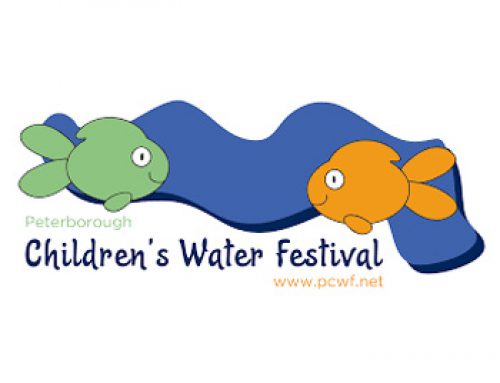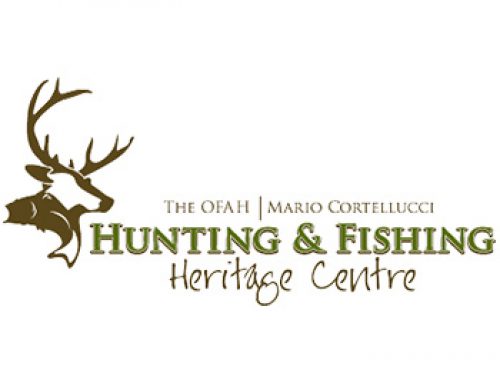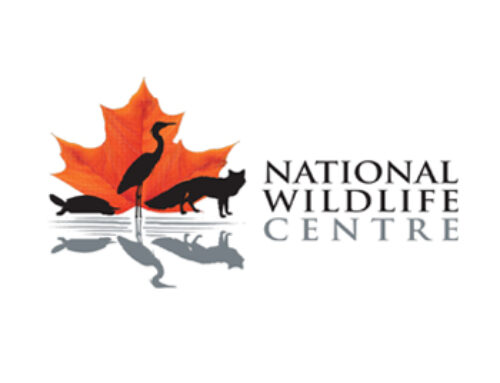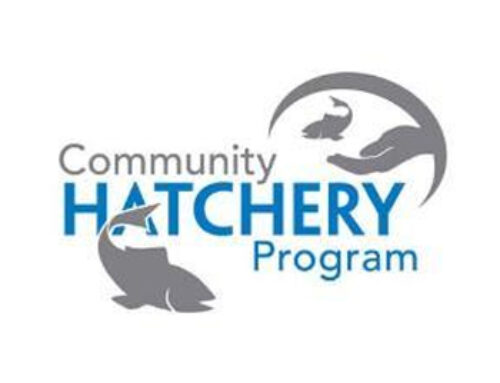2025
Living Winter Education Program
The Living Winter Program was created in response to a growing need: children in Toronto’s high-density, equity-deserving communities face persistent barriers to experiencing nature, particularly during winter. These barriers include limited access to green space, financial constraints, and a lack of transportation or appropriate winter clothing. As a result, many children spend winter indoors, disconnected from the natural world, missing vital opportunities for physical, emotional, and environmental learning.
Now entering its 14th season, Living Winter is a curriculum-aligned outdoor education program that brings more than 1,500 Grade 4 students per year into winter habitats for a full day of immersive learning. Hosted on-site at the Toronto Botanical Garden (TBG) and adjacent natural areas, the program helps children observe and understand how birds, mammals, and other wildlife adapt and survive through migration, hibernation, and other ecological strategies. These hands-on investigations directly support scientific literacy and build foundational understanding of natural systems and biodiversity.
Aligned with conservation education priorities, the program deepens students’ knowledge of local ecosystems, the interdependence of species, and their personal role in environmental stewardship. Activities such as chickadee feeding, animal tracking, and owl pellet dissection spark inquiry-based learning and cultivate a lifelong appreciation for wild species and their habitats.
By removing logistical barriers, through subsidies for transportation, warm clothing, and snacks, Living Winter ensures inclusive access to outdoor learning. It also promotes the enjoyment of healthful outdoor activity by immersing children in the rhythms and calm of winter landscapes, improving mental focus, emotional resilience, and physical well-being.
The program builds capacity within the broader conservation community through collaboration with the Toronto District and Catholic School Boards, York University’s Faculty of Education, and a dedicated team of volunteers. By offering student-teachers real-world experience in inclusive and nature-based instruction, Living Winter helps strengthen future conservation leadership and builds bridges between education and environmental action.
In fostering curiosity, wellness, and stewardship, the Living Winter Program not only supports immediate learning goals, it contributes to long-term efforts to conserve natural habitats, perpetuate healthy ecosystems, and inspire the next generation of environmental caretakers.
In a time when access to nature is increasingly unequal, especially in winter, the Living Winter Program addresses a critical need, ensuring that all children, regardless of background, have the opportunity to explore, understand, and connect with the natural world in meaningful, lasting ways.
The Living Winter Program delivers a wide range of lasting benefits for students, educators, and the broader conservation community by addressing educational inequities while advancing key environmental goals.
- Conservation Education & Ecological Literacy Aligned with the Ontario science curriculum on Habitats and Communities, Living Winter deepens students’ understanding of ecological concepts through direct interaction with nature. Children investigate animal adaptations, food webs, and biodiversity while learning to observe wildlife respectfully. These experiences not only support classroom learning but build ecological literacy, key to forming the next generation of conservation-minded citizens.
- Access to Healthful Outdoor Activity for many students, Living Winter provides their first opportunity to explore a natural space in winter. The physical experience of walking in snow, feeding birds, and engaging in outdoor games promote physical activity, mental wellness, and sensory engagement. Winter, often associated with inactivity and screen time, becomes a season of movement, wonder, and emotional connection.
- Conservation Awareness and Habitat Appreciation By exploring real habitats in Toronto’s ravines and gardens, students gain a direct appreciation of the importance of protecting urban wildlife corridors and green spaces. Interpreting signs of animal life, fosters personal investment in the conservation of natural habitats.
- Cross-Sector Collaboration and Volunteer Development The program thrives through partnerships with the Toronto District and Catholic School Boards, York University, and a network of trained volunteers. These collaborations expand community engagement in conservation education while building the capacity of future educators and environmental stewards. Practicum students gain practical experience in outdoor education, inclusive teaching practices, and environmental programming.
- Removing Barriers and Advancing Equity Perhaps most importantly, Living Winter ensures that children from equity-deserving communities, many of whom are newcomers to Canada, can participate fully and safely in outdoor education. With transportation, winter gear, and nutritious snacks provided, the program removes key access barriers and makes meaningful nature experiences truly inclusive. This equity-focused approach ensures that conservation is not just a lesson for some, but a lived experience for all.
The result: empowered students, inspired teachers, and healthier communities, all connected through the shared goal of understanding, protecting, and enjoying the natural world.
















